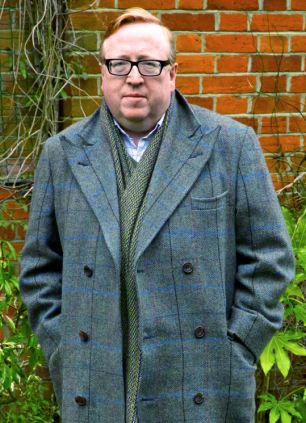BellisVintage
Member
- Joined
- Nov 3, 2012
- Messages
- 29
- Reaction score
- 0
This video shows the evolution of British Tweed and how it has reinvented itself from vintage quintessential British elegance crossing over into the trendy, hip catwalk which has a worldwide following today.
The montage depicts the movement of tweed from vintage style of the Duke of Windsor and Brideshead Revisited across to the modern take of Burberry, David Beckham, Bryan Ferry and other sartorialists.
Interestingly in recent years vintage tweed has developed a strong following amongst young and old in the Tweed Run - a bike promenade initially started in London but which now has similar runs in Florence, New York, Sydney, Germany and other places.
British tweed has a diversity which suits young and old, aristo and farmer, traditional and trendy.
I would love to know the forums thoughts on this trend towards tweed and where you are seeing its revival whether on the catwalk or the street.
The montage depicts the movement of tweed from vintage style of the Duke of Windsor and Brideshead Revisited across to the modern take of Burberry, David Beckham, Bryan Ferry and other sartorialists.
Interestingly in recent years vintage tweed has developed a strong following amongst young and old in the Tweed Run - a bike promenade initially started in London but which now has similar runs in Florence, New York, Sydney, Germany and other places.
British tweed has a diversity which suits young and old, aristo and farmer, traditional and trendy.
I would love to know the forums thoughts on this trend towards tweed and where you are seeing its revival whether on the catwalk or the street.



 ...
...